X
Electric hoists represent their own machinery, strength, and toughness, while the stage is elegant, flowing, and soft, with conflicts and collisions between the two.
the stage chain hoist focuses on safety and efficiency. With its delicate hand feel and precise force control, whether it's delicate lamps or heavy props, it can be easily handled with a pull and a t
Category : Stage Chain Hoist Series
Get a Quote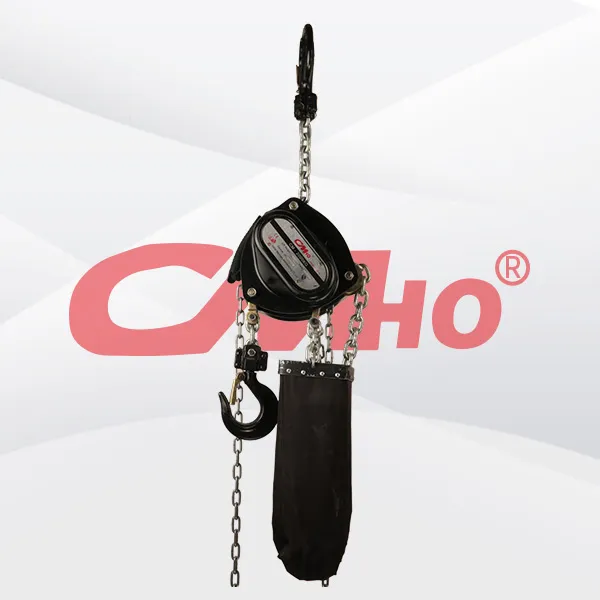
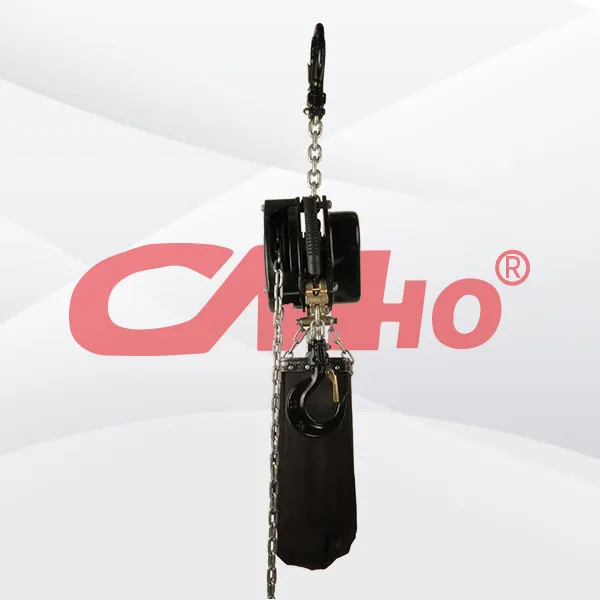



Product Details
Manual stage hoists and electric hoists each have their own characteristics in stage applications. Manual stage hoists have the following advantages over electric hoists: Operational Flexibility - Precise Fine - Tuning: Manual stage hoists can perform highly precise fine - tuning operations through the manual chain. In stage setup, sometimes extremely accurate position adjustments are required for props, lighting equipment, etc. The manual hoist allows operators to gradually adjust the height or position in very small increments according to actual needs to achieve the desired effect. For example, when adjusting the angle or height of a chandelier on the stage, the manual hoist can achieve millimeter - level precise adjustment to ensure the lighting effect is just right. - Adaptability to Complex Operating Environments: In some places with limited space where it is difficult for electric equipment to operate or where operation is inconvenient, manual stage hoists have more advantages. For instance, in some retro - style theaters or small - scale performance venues, the stage structure is complex with many narrow passages and corners. The manual hoist, with its small size and simple operation, can more easily reach these positions and carry out operations, while the electric hoist may be restricted by the space and unable to work properly. Reliability and Stability - Unaffected by Power Supply: Manual stage hoists do not rely on power supply, which is very important in some occasions where power conditions are unstable or power supply is limited. For example, in an outdoor temporary stage, there may be situations of power failure or insufficient power supply. At this time, the manual hoist can continue to work without being affected, ensuring the smooth progress of the performance. Even in an indoor stage, in case of sudden situations such as a power outage, the manual hoist can also be used as a backup method to complete the necessary adjustments of stage equipment. - Simple Mechanical Structure: The mechanical structure of manual stage hoists is relatively simpler than that of electric hoists. It is usually composed of basic components such as chains, sprockets, and gears, without complex electronic control systems and motors. This results in a lower probability of malfunctions during use, and maintenance is relatively easy. Moreover, the mechanical principle of the manual hoist is intuitive and easy to understand. After simple training, operators can quickly master its operation and repair methods, and can rapidly troubleshoot and repair in case of emergencies. Cost - effectiveness - Low Initial Purchase Cost: Generally speaking, the price of manual stage hoists is much lower than that of electric hoists. For some small - scale performance groups, schools, or community activity centers with limited budgets, manual stage hoists are a more cost - effective choice. They can meet the basic needs of lifting and adjusting stage equipment at a lower cost. Without affecting the performance effect, a large amount of capital investment can be saved. - Low Post - maintenance Cost: Due to the simple structure and fewer components of manual stage hoists, their post - maintenance cost is also relatively low. There is no need to conduct professional inspections and maintenance on motors, electronic control systems, etc. regularly as for electric hoists, nor to replace expensive electronic components. Only regular lubrication, inspection, and replacement of worn parts of mechanical components such as chains and gears are required, which greatly reduces the maintenance cost during use. Safety Features - High Human Controllability: Manual operation enables operators to directly feel the load and operating status of the hoist, better control the operating force and speed, and avoid safety accidents caused by overloading or improper operation. In contrast, during the automatic operation of an electric hoist, if the control system malfunctions, dangerous situations such as over - speed and over - load may occur. However, the manual hoist is completely controlled by the operator, who can stop or adjust the operation in a timely manner according to the actual situation, improving the safety of operation.
- Convenient Emergency Braking: During the manual operation process, the operator can stop the operation of the hoist at any time through the braking device, with a faster reaction speed. When an abnormal situation or danger is detected, the operator can immediately apply the hand brake to avoid accidents. The emergency braking system of an electric hoist may be affected by factors such as electrical failures, resulting in untimely braking or failure, while the manual hoist has an obvious safety advantage in this regard.
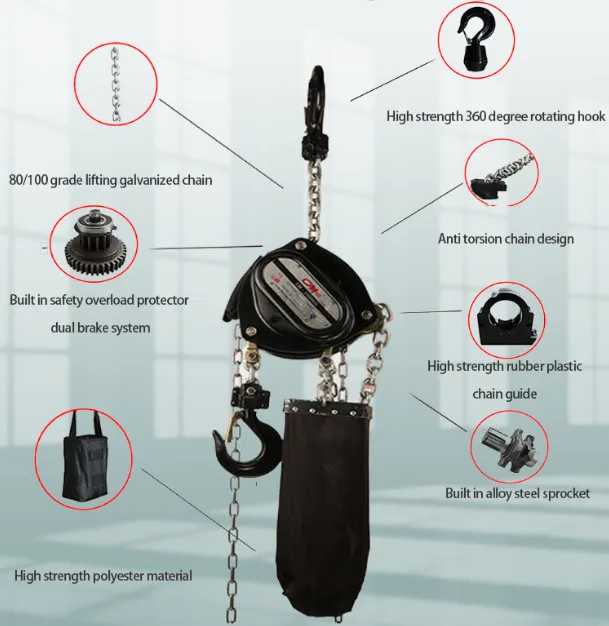
RELATED PRODUCTS .
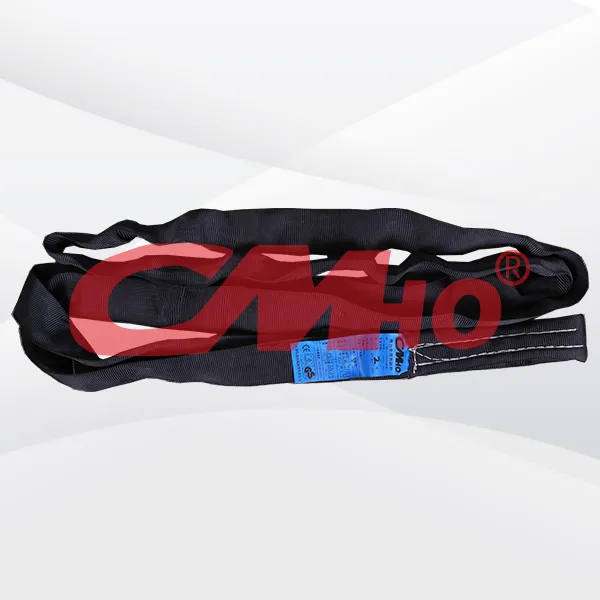

The polyester black lifting sling also features non-conductivity and no corrosion, ensuring safety and wide applicability. These characteristics make it an efficient and reliable hoisting tool, especi
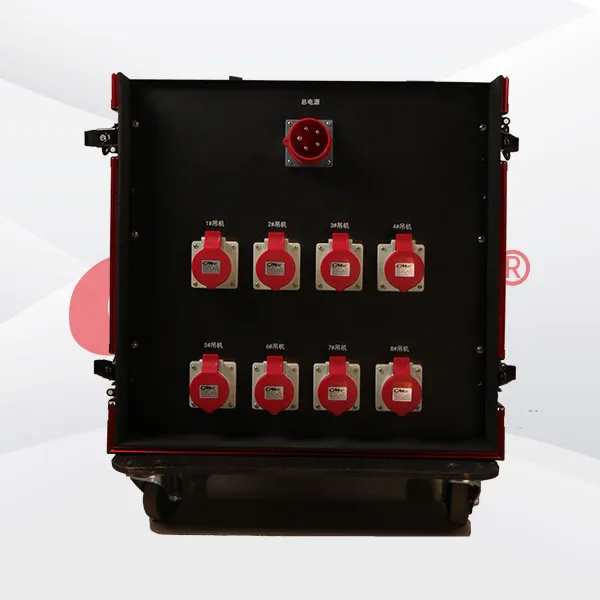
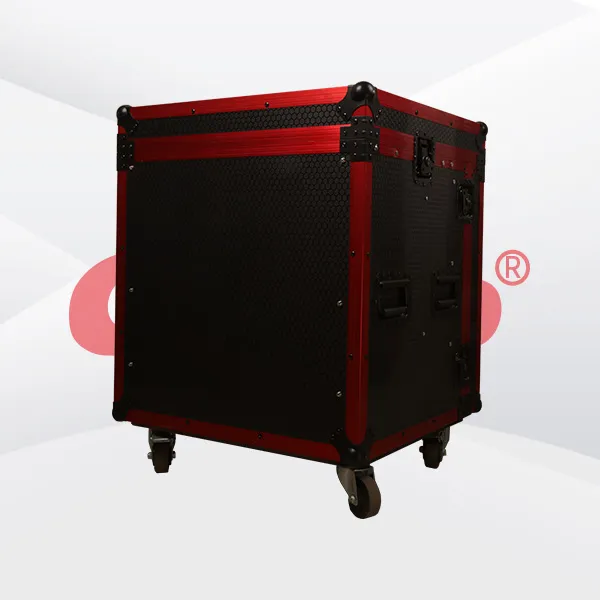
The aircraft case truss hoist controller is suitable for the quick installation and adjustment of stage lighting, sound systems, and other equipment. It performs exceptionally well in enviro
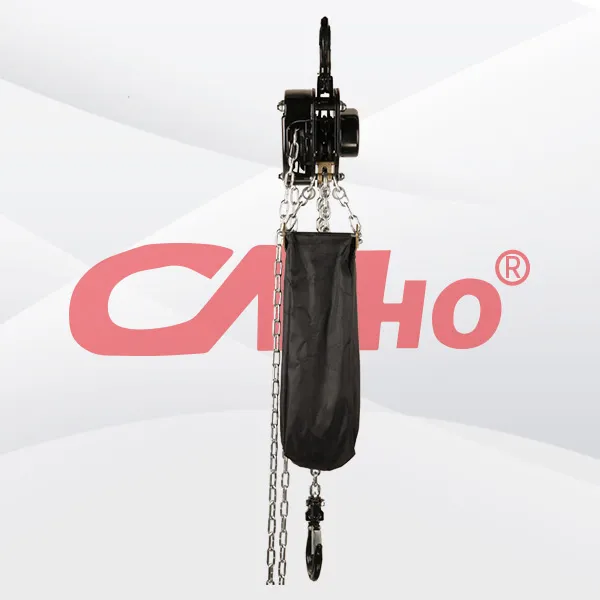
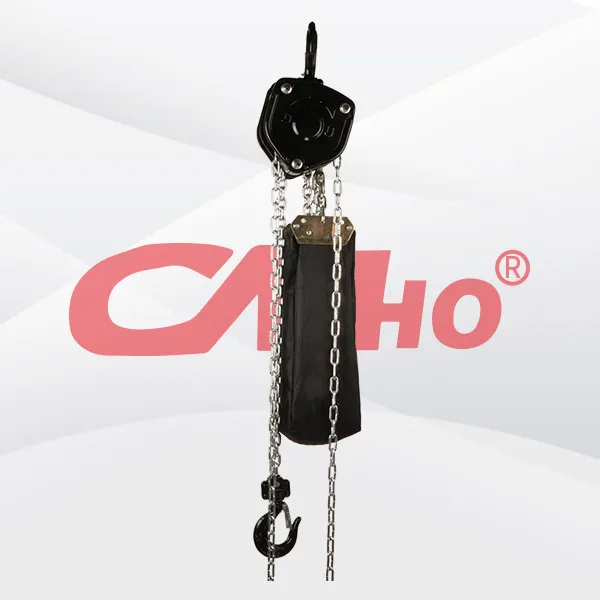
Factory-direct hand-pulled stage hoists are ideal for the quick installation and adjustment of stage lighting, sound systems, and other equipment. They perform exceptionally well in environments witho
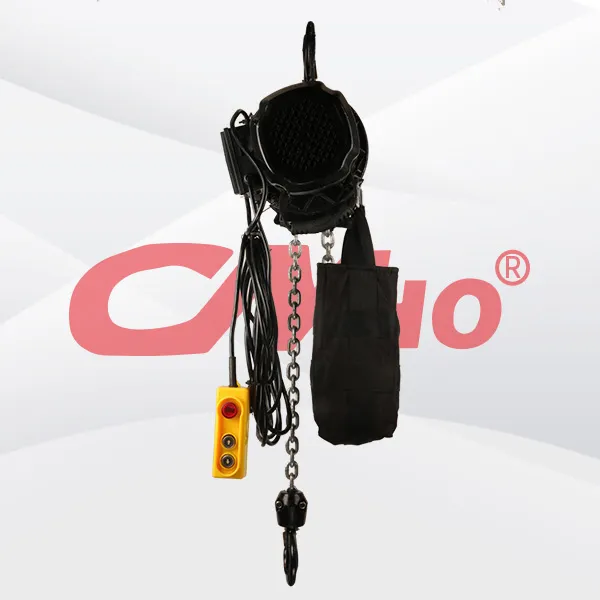
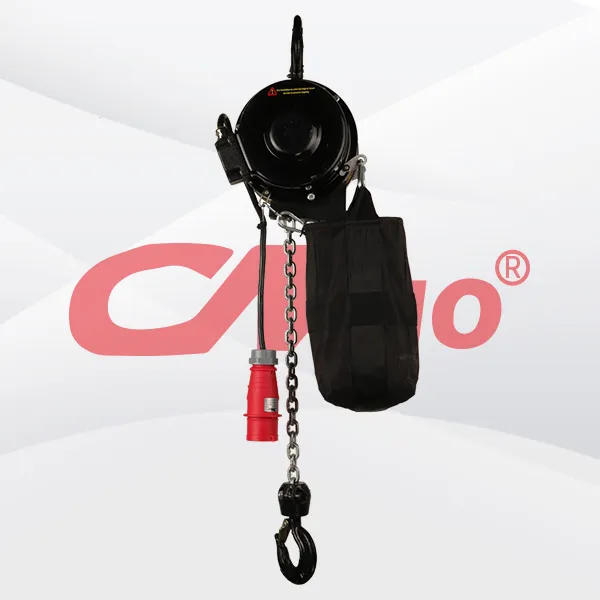
The stage truss motor equipped with a limit switch deeply integrates powerful performance, precise control, and excellent safety. It can not only easily handle the hoisting and accurate positioning of
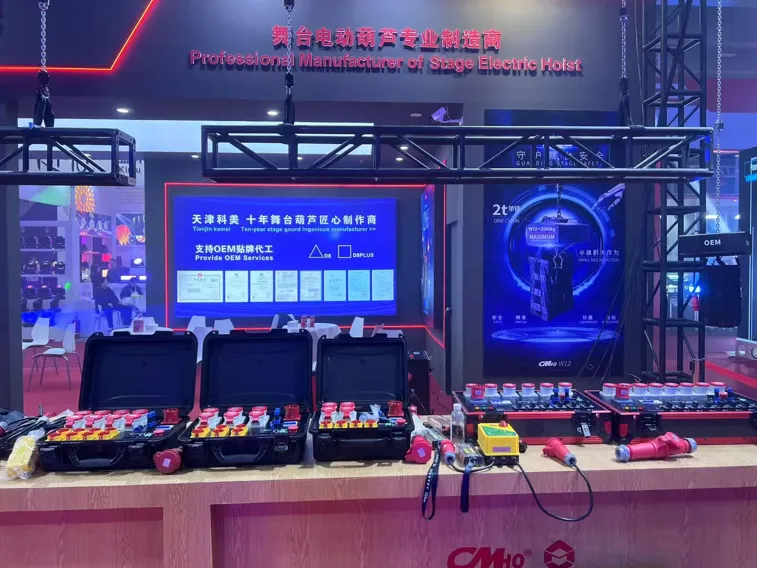
2025-02-28
创始人
0
The participation of Tianjin Kemei in the Guangzho...
Tianjin Kemei made a remarkable and eye-catching appearance at the Guangzhou (International) Performing Arts Equipment, Intelligent Acoustic, Optical and Electrical Products...
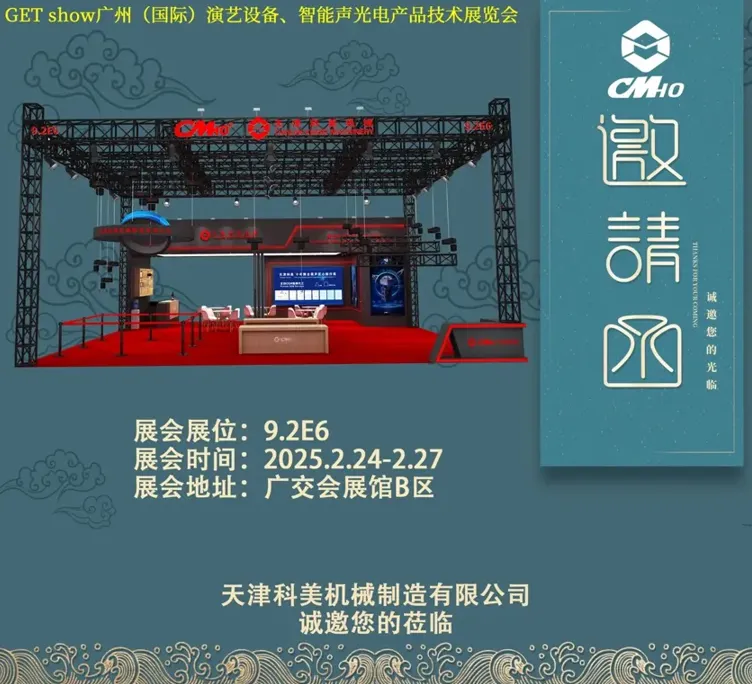
2025-02-27
创始人
0
Guangzhou (International) Performing Arts Equipmen...
In the era of the rapid development of stage lifting equipment and intelligent acousto - optic technology, every industry event serves as a crucial opportunity for innovatio...
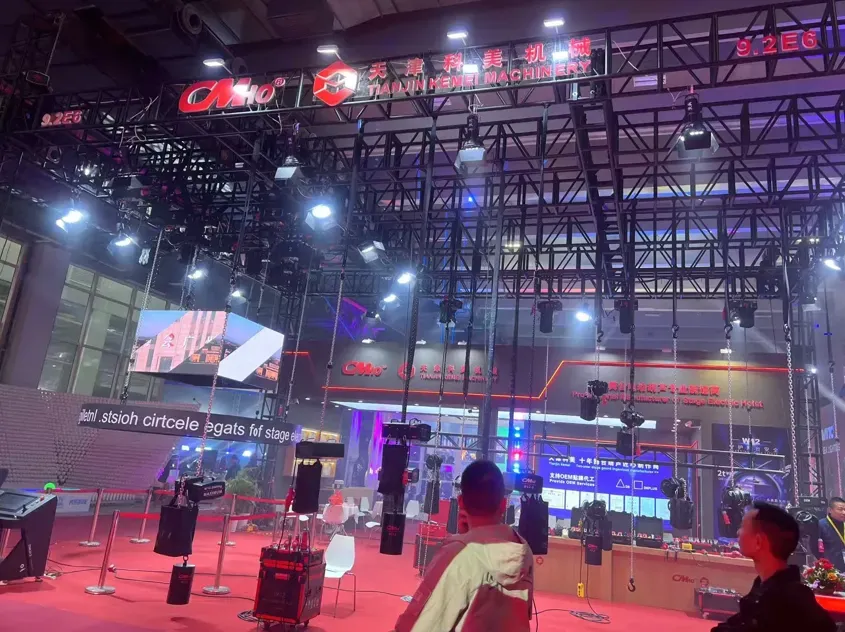
2025-02-27
创始人
0
GET show Guangzhou (International) Performing Arts...
Tianjin Kemei Machinery Manufacturing Co., Ltd. has been deeply engaged in the stage equipment manufacturing field for many years and has developed into a modern benchmark e...

2024-09-24
admin
0
Tianjin Kemei Machinery Manufacturing Co., Ltd. Ne...
Tianjin Kemei Machinery Manufacturing Co., Ltd.: New Starting Point, New Journey - New Factory Relocation Record

